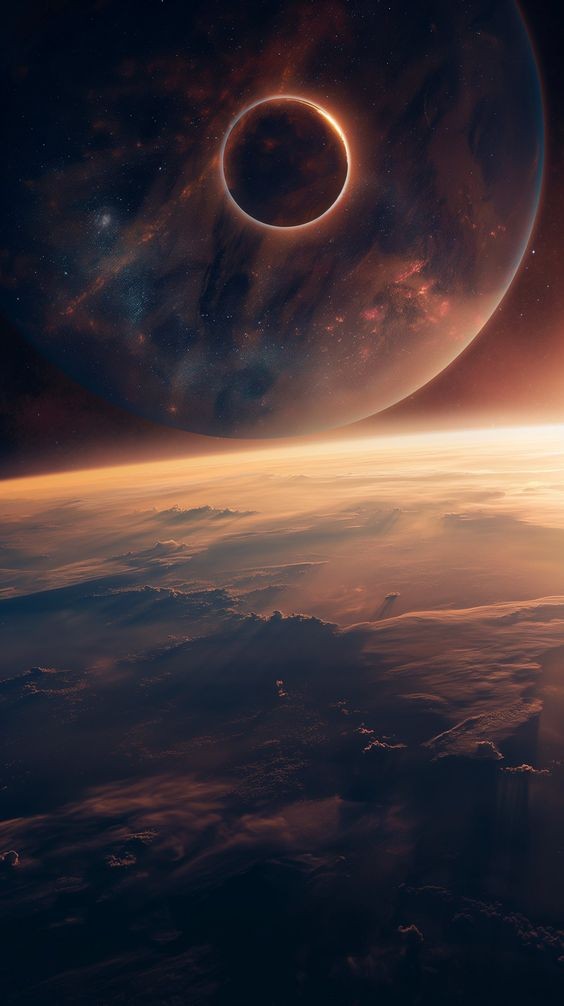Stunning Views: Earth Captured from Space
The view of Earth from space is nothing short of breathtaking. From the vibrant blues of our oceans to the lush greens of forests and the stark whites of polar ice caps, images taken from space reveal the beauty and complexity of our planet like no other perspective can. In this article, we’ll explore some of the most stunning views of Earth captured from space, the technology behind these images, and their significance in understanding our world.
The Beauty of Earth from Above
1. The Blue Planet
Earth is often referred to as the "Blue Planet" due to its abundant oceans, which cover about 71% of the surface. Satellite images showcase the deep blues of the Atlantic and Pacific Oceans, contrasted with the white clouds swirling above. These images remind us of the planet’s fragility and the importance of protecting our water resources.
2. Natural Wonders
From space, natural wonders such as the Grand Canyon, the Amazon Rainforest, and the Great Barrier Reef appear as stunning mosaics. Satellite imagery reveals intricate patterns that are often overlooked from the ground. The vibrant colors of coral reefs and the vastness of deserts highlight the planet's diverse ecosystems.
3. Urban Landscapes
Cities also present a striking contrast against the natural backdrop. Images of urban areas taken from space reveal sprawling city lights at night, intricate road networks, and the impact of human activity on the landscape. For instance, the bright lights of New York City or the iconic shape of Los Angeles are captivating from above.
The Technology Behind the Images
The stunning views of Earth from space are made possible through advanced satellite technology. Various missions have contributed to this wealth of imagery, including:
1. Satellite Imagery
Satellites equipped with high-resolution cameras continuously orbit the Earth, capturing images from different angles and altitudes. These satellites provide invaluable data for climate monitoring, disaster management, and urban planning.
2. Astronaut Photography
Astronauts aboard the International Space Station (ISS) often take breathtaking photographs of Earth during their missions. Their unique vantage point allows them to capture moments of beauty, from sunrise over the horizon to the vivid colors of auroras.
3. Space Telescopes
Space telescopes, such as the Hubble Space Telescope, also contribute by capturing images that reveal the effects of Earth’s atmosphere on starlight. These observations help scientists understand not only Earth but also the universe beyond.
Iconic Images of Earth
1. The Blue Marble
One of the most famous images of Earth is the "Blue Marble," taken by the Apollo 17 crew in 1972. This photograph captures the planet in all its glory and has become a symbol of environmental awareness and global unity.
2. Earthrise
Captured during the Apollo 8 mission in 1968, the "Earthrise" photo shows Earth rising over the lunar horizon. This iconic image profoundly impacted the way humanity views our planet and highlights our shared existence in the universe.
3. Auroras from Space
Images of auroras taken from space offer a mesmerizing glimpse into Earth’s atmosphere. The vibrant greens and reds of the northern and southern lights create a stunning spectacle that is both beautiful and scientifically significant.
The Significance of These Images
The stunning views of Earth captured from space serve more than just aesthetic purposes. They play a crucial role in:
1. Environmental Awareness
Images of Earth highlight the beauty and fragility of our planet, promoting environmental stewardship. They remind us of the importance of preserving natural landscapes and protecting ecosystems.
2. Scientific Research
Satellite imagery is vital for scientific research, including climate studies, natural disaster monitoring, and urban development. These images help scientists track changes over time, providing essential data for understanding global challenges.
3. Inspiring Curiosity
The awe-inspiring beauty of Earth from space ignites curiosity and encourages future generations to explore science, technology, engineering, and mathematics (STEM) fields. It inspires a sense of wonder about our planet and the universe.
Conclusion
Stunning views of Earth captured from space reveal a world filled with beauty, complexity, and fragility. From the deep blue oceans to the intricate patterns of urban landscapes, these images offer a unique perspective that deepens our understanding of our planet. As technology continues to advance, the ability to capture and share these breathtaking views will inspire and inform us for generations to come. Whether it’s a satellite image or a photograph taken by an astronaut, each view serves as a reminder of the incredible planet we call home.






